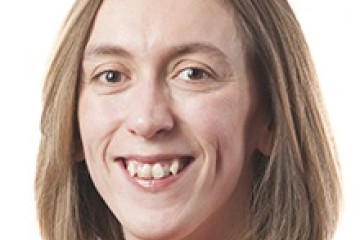PhD Studentship
Developing a digital twin of 3D vascular systems to study haemorrhagic viral diseases

At a glance
In progress
Award date
October 2025 - September 2029
Grant amount
£135,000
Principal investigator
Dr Carina Dunlop
Co-investigator(s)
Institute
University College London
R
- Replacement
